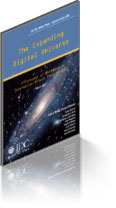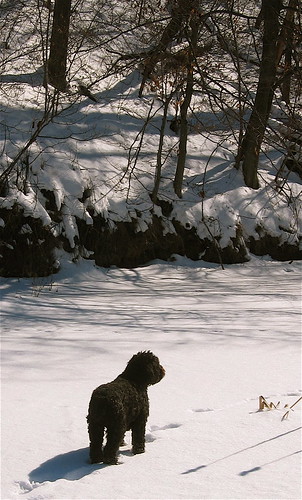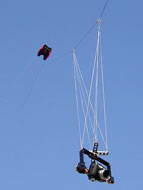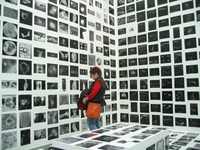 Microsoft is getting a lot of buzz for their preview of Photosynth which can analyze large collections of photos of a space (like St. Marks in Venice) and then reconstruct a 3-D space by stitching the photos. The 3-D space can be used to navigate the photos. Microsoft has a preview that runs on Windows XP SP2 and Vista.
Microsoft is getting a lot of buzz for their preview of Photosynth which can analyze large collections of photos of a space (like St. Marks in Venice) and then reconstruct a 3-D space by stitching the photos. The 3-D space can be used to navigate the photos. Microsoft has a preview that runs on Windows XP SP2 and Vista.
Photosynth is based on the work of U of Washington Computer Science Ph. D. student Noah Snavely and his advisors. He has a page on Photo tourism: Exploring photo collections in 3D with a cool Java demo with datasets like the Trevi Fountain.
 A related Microsoft technology demonstrated at TED is Seadragon which allows smooth scaling and transition of high resolution images so you can zooming can become navigation. See Blaise Aguera y Arcas: Jaw-dropping Photosynth demo (video).
A related Microsoft technology demonstrated at TED is Seadragon which allows smooth scaling and transition of high resolution images so you can zooming can become navigation. See Blaise Aguera y Arcas: Jaw-dropping Photosynth demo (video).
Thanks to Matt and others for pointing these out to me.
 In an
In an 



